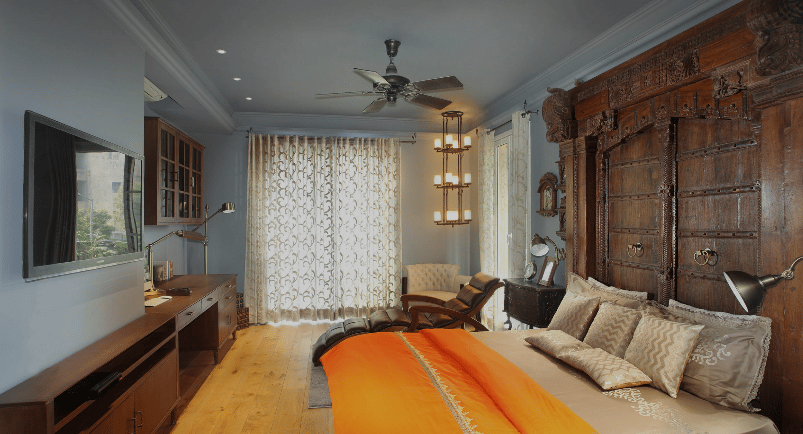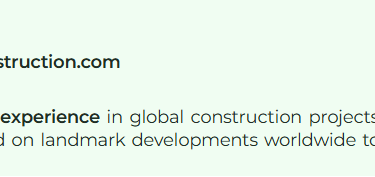Blending Traditional Indian Art with Modern Architecture
8/19/20252 min read


Introduction to Indian Art and Architecture
The fusion of traditional Indian art with modern architecture represents a unique and evolving narrative in the realm of design. India boasts a rich tapestry of artistic expressions that have transcended generations, informed by various cultural, religious, and historical influences. Modern architecture, characterized by its minimalism and functionality, provides an exciting juxtaposition to the ornate and intricate details of traditional art forms. This article explores how these two seemingly disparate realms can coalesce to create stunning architectural masterpieces.
The Significance of Traditional Indian Art
Traditional Indian art forms, such as Madhubani, Warli, and Pattachitra, emphasize intricate patterns, vibrant colors, and lyrical storytelling. These art forms encapsulate cultural narratives and regional aesthetics that have persisted through time, making them an invaluable part of India’s heritage. Incorporating these elements into contemporary architecture not only honors the cultural roots but also adds a layer of narrative to the space. For instance, a modern building adorned with Madhubani murals can evoke a sense of continuity with India's artistic past while embracing a contemporary lifestyle.
Modern Architectural Innovations
The emergence of modern architecture in India has seen remarkable innovations, emphasizing sustainability, urbanism, and minimalistic designs. Architectural firms are increasingly looking to bridge the gap between tradition and modernity by integrating local art forms into their designs. For example, using jali (latticework) patterns frequently found in traditional Indian architecture allows buildings to maintain airflow while creating aesthetically pleasing environments. By blending modern techniques with traditional art, architects can foster an enriched user experience that resonates with both the past and the present.
Case Studies: Successful Blends
Several architectural projects across India have successfully integrated traditional art with contemporary design. The Lotus Temple in Delhi stands as a testament to modern architectural techniques while simultaneously drawing inspiration from the lotus flower, a significant symbol in Indian spirituality. Similarly, the design of the Sabarmati Riverfront in Ahmedabad incorporates traditional motifs with modern urban planning, creating spaces that celebrate Indian culture and heritage within a contemporary context.
Conclusion: The Future of Architectural Harmony
The blending of traditional Indian art with modern architecture holds promise for creating spaces that are not only functional but also imbued with cultural significance. As architects and designers continue to explore this harmonious interplay, the future of Indian architecture appears bright, bringing forth structures that respect tradition while paving the way for innovation. This amalgamation not only bolsters the architectural landscape but also nurtures a deeper appreciation for India’s rich artistic heritage.


